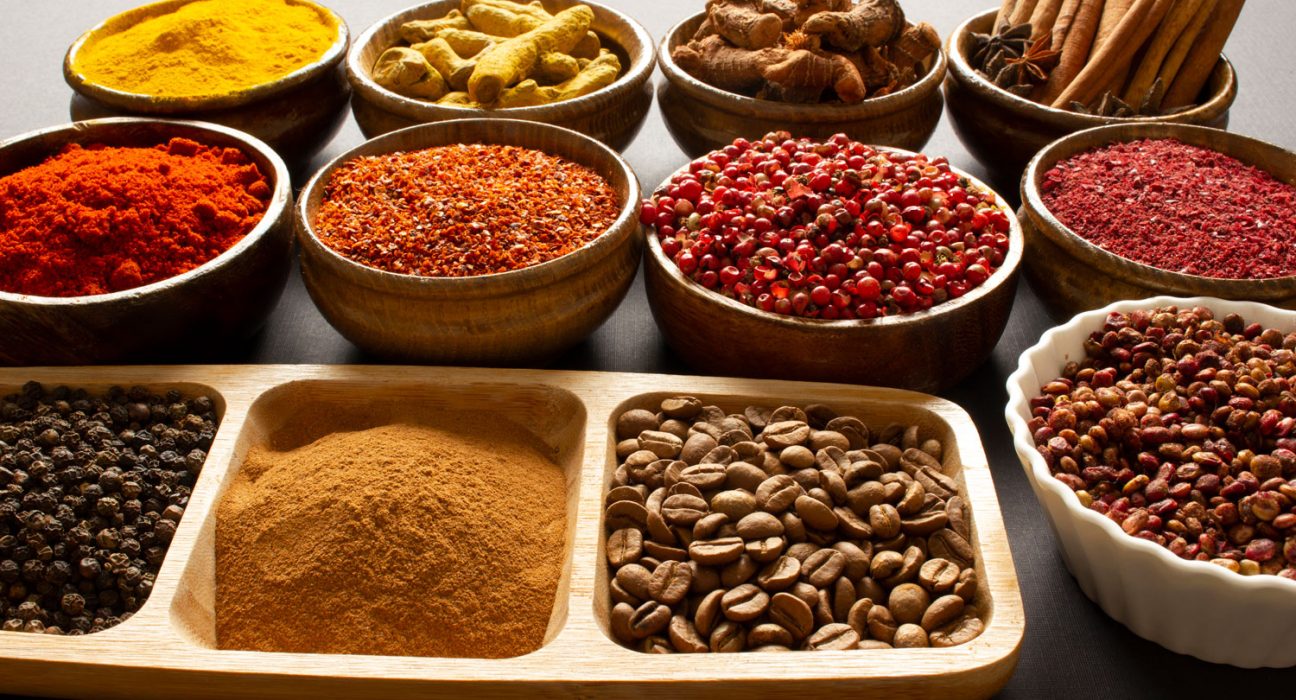Sri Lanka’s spice production is projected to grow steadily, increasing from 110,000 metric tons in 2023 to an estimated 121,000 metric tons by 2028. This growth comes as the global demand for spices rises, pushing the industry to enhance yields and expand plantations. Christopher Fernando, Chairman of the Spices and Allied Products Producers’ and Traders’ Association (SAPPTA), emphasized the importance of targeted programs to boost both production and exports at SAPPTA’s recent Annual General Meeting (AGM).
In his speech, Fernando highlighted SAPPTA’s advocacy for increasing the black pepper export quota under the India-Sri Lanka Free Trade Agreement (ISFTA). This move is aimed at benefiting local pepper growers and exporters, enabling them to take advantage of favorable trade conditions with India.
A key concern raised was the government’s decision to import spices for re-export, a move SAPPTA fears could harm the local spice industry. The association has expressed its reservations to the Ministry of Agriculture and Plantation Industry, citing potential risks to the economy. Another issue is the suspension of weekly spice auctions at the Ceylon Chamber of Commerce, which Fernando urged to resume immediately.
Furthermore, Fernando discussed the severe impact of the Thrips attack on the cardamom industry, which has caused significant shortages and led to increased smuggling. SAPPTA is calling for government intervention to combat illegal imports and protect local agriculture. Drawing parallels with the historical Coffee Stealing Ordinance of 1876, Fernando emphasized the need for legislative measures to prevent theft and support the industry.
While government support is crucial, Fernando also stressed the importance of industry commitment to realize the potential of Sri Lanka’s export agriculture. Technological innovation, market expansion, and export incentives were identified as essential strategies to enhance Sri Lanka’s competitive edge in the global spice market.
The Export Development Board’s efforts in branding Sri Lankan spices and exploring new markets were commended, with a call for continued government support in international advertising and exhibitions. Although Sri Lankan spices received Protected Geographical Indication (PGI) status in 2022, Fernando noted that the certification has yet to be fully utilized, urging the government to implement the system to its full potential.
Sri Lanka is set to host the 52nd Annual Session and Meetings of the International Pepper Community (IPC) and the International Spice Exhibition, organized by the Ministry of Plantation Industries and the Department of Export Agriculture, with support from IPC. The event will bring together key stakeholders to discuss the future of the spice industry and address its challenges.
Sri Lankan spices, Fernando concluded, are more than just export products; they are cultural symbols with deep historical significance. Protecting and promoting this heritage requires concerted effort and innovation in both the domestic and global markets.
